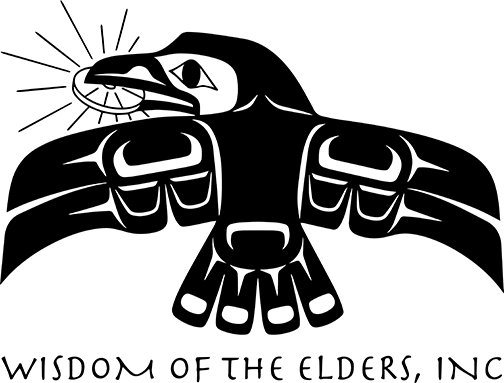Sam Morris
with Nico Wind
Arlie Neskahi:
You’re listening to a unique recording made on a wax cylinder recorder sometime between 1909 and 1912. This cylinder was made, not by an east coast collector or anthropologist, but by a Nez Perce Indian named Sam Morris, or Horse Blanket, A far-thinking man, who in photographs seems equally as comfortable in his buckskins as in a suit and tie.
Sam Morris recorded more than 60 cylinders. Unavailable to the public for generations, they were brought to the attention of ethnomusicologist Loran Olsen. Compiler of Washington State University’s Nez Perce Music Archive, Dr. Olsen had the Sam Morris collection digitally cleaned up and repackaged for the Tribe and for the world. Nico Wind has more.
Nico Wind:
A hundred and five years after the Lewis and Clark expedition first entered Nez Perce country, Sam Morris set up his Edison recording device and asked his friends to sing into the large funnel. Because of this, we are privileged to hear the music that is no longer performed anywhere in quite the same way. This song is called a Smoke Song or Pipe Song. It was sung as the pipe man opened his sacred bundle and prepared a ceremonial pipe.
The voices you hear introduce a Meeting Song of a social gathering. They say, “My people, this is how you have fun!”
This song is called “ Ti’meni pan’isa ” – “I Give My Heart.” Sometimes called a “Drop the Handkerchief Song,” one similar in style was said to have been sung in Chief Joseph’s lodge when reminiscing about old times. Mr. Morris seems to have been interested in recording songs that were already old in his day and in danger of disappearing. In many of the introductions, they speak of the “old way,” or the “old songs.” We are listening to music that may have emerged many generations before it was recorded.
It says something about the endurance of Native culture that Ssome of the dances and aspects of these songs have survived into the Twenty-First Century. In this War Dance Song, or Buffalo Dance, the men move toe-heel, heel-toe, toe-heel. Today, this dance is called a Crow Hop; It’s popular in powwows across North America.
This Honor Song is also called a Memorial Song. Before the song begins, the speaker says, “My friends! Many times we have sung here at this house, where we heard songs for enjoyment. We are some of the last survivors from this land, my friends. That is why you should honor yourselves during the time of enjoyment.”
Sometimes people pigeon-hole Indians, thinking they should be doing just Indian music. In this square dance, Sam Morris lets us know that his people enjoyed a dance that you might call a frontier import.
In this selection, the speaker tells a war story. In it, he wrestles an enemy to the ground. His friends cheer him on. His friends are happy to celebrate his victory over an enemy. Every so often, another speaker sitting around the drum tells a rousing story, and leads an inspiring song. That was the traditional way of the old people.
Dr. Loran Olsen writes in his liner notes, “These songs, and their intermittent shouts and pulsating rhthms, help today’s Nez Perce descendants relive the times of a dynamic past as they extend their hopes well into the uncertain future.”
As we listen beneath the scratchy surface, we can hear the soul of a people wounded, threatened, but still strong and full of pride and the love of beauty. For Wisdom of the Elders, this is Nico Wind.

